Ask AI on The Internet
Question: INTRODUCTION TO Determination of Cu2+ concentration by making use of a UV/vis spectrophotometer INTEXT REFERENCE
Sure, I'd be happy to provide some guidance on how to determine the concentration of Cu2+ ions using a UV/Vis spectrophotometer. ### Introduction to Determination of Cu2+ Concentration using UV/Vis Spectrophotometry **Objective:** The objective is to accurately determine the concentration of Cu2+ (copper(II) ions) in a solution by analyzing its absorbance using a UV/Vis spectrophotometer. **Principle:** UV/Vis spectrophotometry is based on the absorption of ultraviolet or visible light by chemical substances. When Cu2+ ions are in solution, they can form colored complexes with specific ligands, which absorb light at a characteristic wavelength. The amount of light absorbed at this wavelength is directly proportional to the concentration of the Cu2+ ions according to Beer-Lambert Law: \[ A = \varepsilon \cdot b \cdot c \] where: - \( A \) is the absorbance (no units), - \( \varepsilon \) is the molar absorptivity (L mol\(^{-1}\) cm\(^{-1}\)), - \( b \) is the path length of the cuvette (cm), - \( c \) is the concentration of the absorbing species (mol L\(^{-1}\)). **Materials and Reagents:** - UV/Vis spectrophotometer, - Cuvettes, - Standard Copper(II) sulfate (CuSO4) solution, - Deionized water, - Complexing agent (e.g., ammonia solution) to form the [Cu(NH3)4]2+ complex, which is deeply blue in color and absorbs light in the visible range. **Procedure:** 1. **Preparation of Standard Solutions:** - Prepare a series of standard Cu2+ solutions with known concentrations by diluting a standard stock solution of CuSO4. Common concentrations might be 0.1 mM, 0.2 mM, 0.3 mM, etc. - Add a fixed amount of the complexing agent to each standard solution. Ensure that the final volumes are the same. 2. **Calibration Curve:** - Measure the absorbance of each standard solution at the wavelength of maximum absorbance (\( \lambda_{max} \)) using the UV/Vis spectrophotometer. - Plot a calibration curve of absorbance versus concentration. The resulting plot should be a straight line passing through the origin if Beer-Lambert Law is followed. The linear relationship will help in determining the unknown concentration from the slope of the line. 3. **Sample Preparation:** - Prepare the unknown Cu2+ solution in the same manner as the standards by adding the complexing agent. - Measure and record its absorbance at \( \lambda_{max} \). 4. **Determination of Unknown Concentration:** - Using the calibration curve, determine the concentration of Cu2+ in the unknown solution. If the absorbance is known, use the equation of the line from your calibration plot to solve for the concentration. **Safety and Disposal:** - Handle all chemicals, including CuSO4 and complexing agents like ammonia, with appropriate safety measures such as wearing gloves, goggles, and lab coats. - Dispose of all chemical wastes according to your institution's waste disposal guidelines. ### Example Calculation: Given: - Absorbance values for standard solutions and the calibration curve equation (e.g., \( A = 0.5c \); where \( c \) is in mM). - Absorbance of the unknown solution is found to be 0.25. To find the concentration (\( c \)): \[ 0.25 = 0.5c \] \[ c = \frac{0.25}{0.5} \] \[ c = 0.5 \, \text{mM} \] So, the concentration of Cu2+ in the unknown solution is 0.5 mM. ### Conclusion: UV/Vis spectrophotometry is a straightforward and effective method to determine the concentration of Cu2+ ions in a solution. By preparing a series of standards, creating a calibration curve, and measuring the absorbance of unknown samples, one can accurately determine unknown concentrations based on the Beer-Lambert Law. Feel free to ask if you need further assistance or specific details!
Think your answer is better than the AI's? Post it below.
Other Most Relevant Posts:
Question Tags
If you want your question answered by an AI, click here.

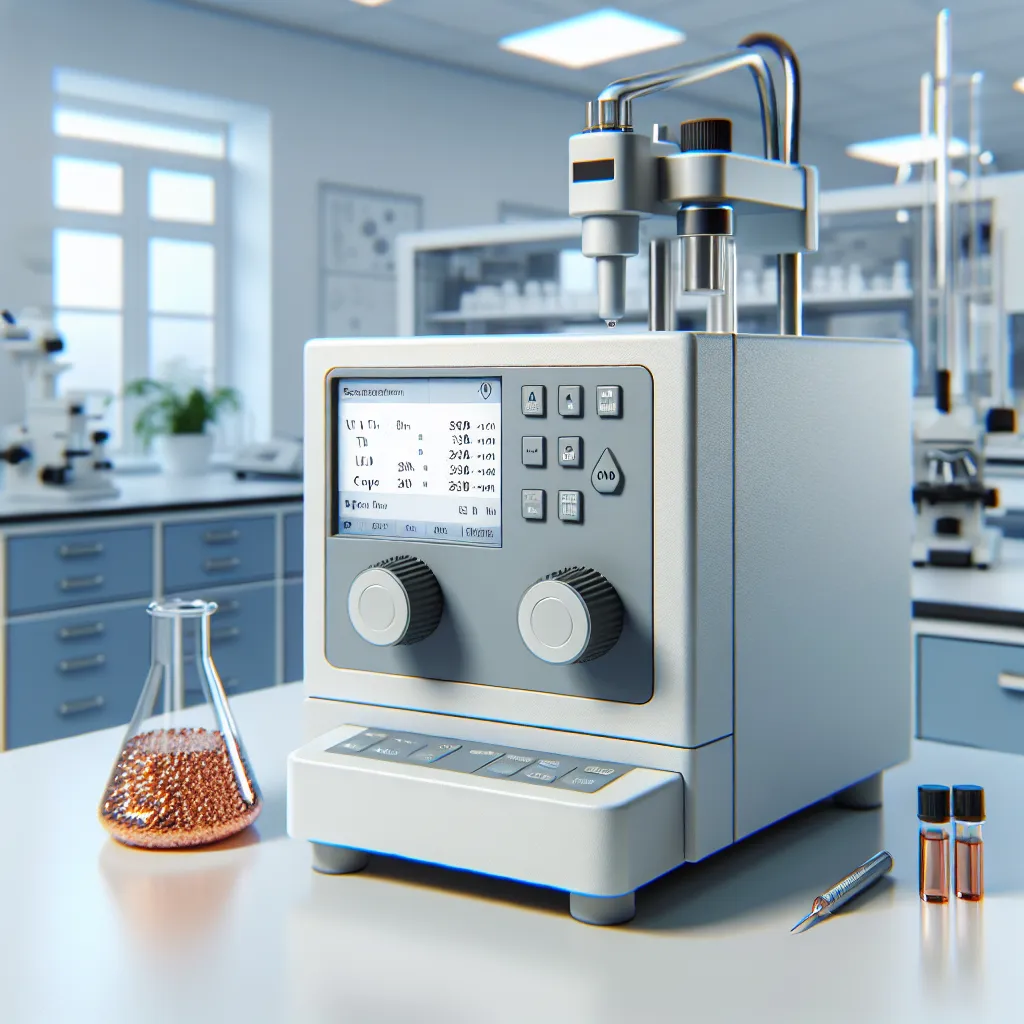
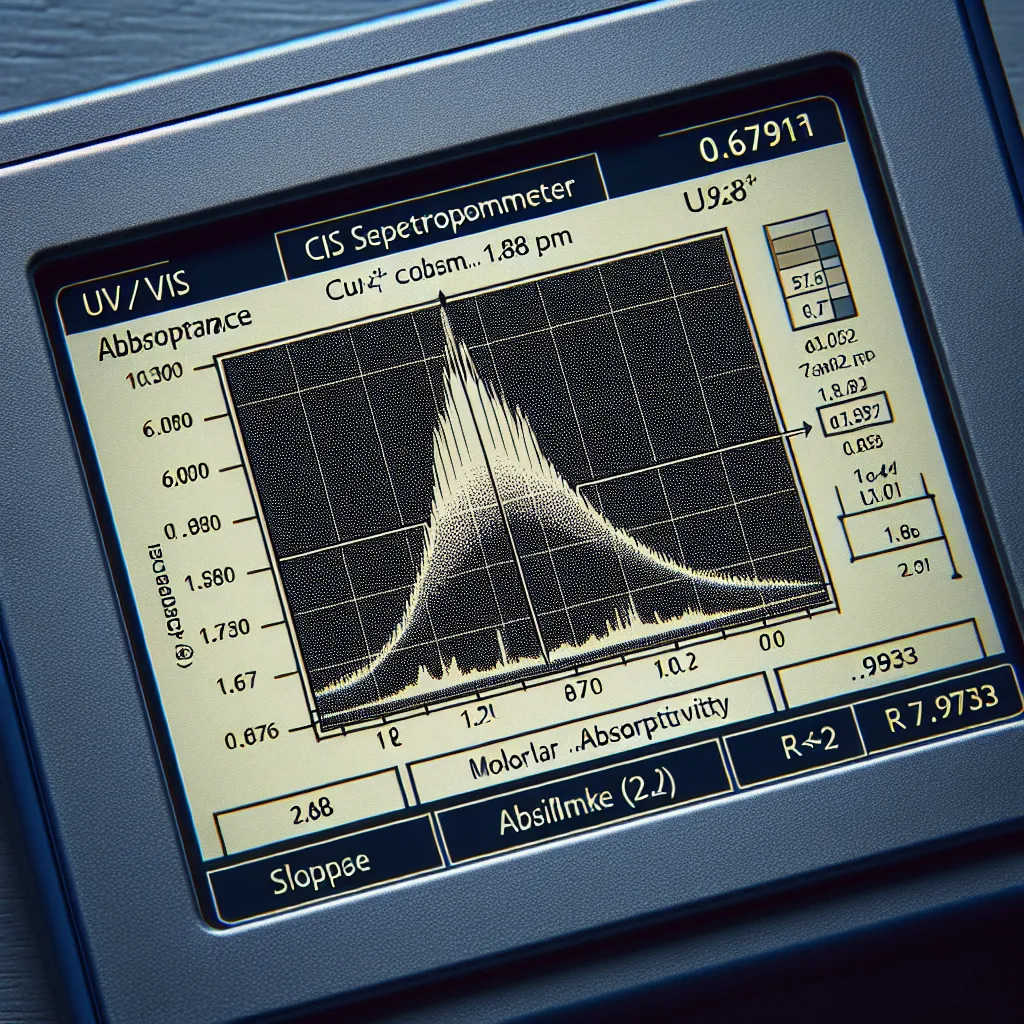
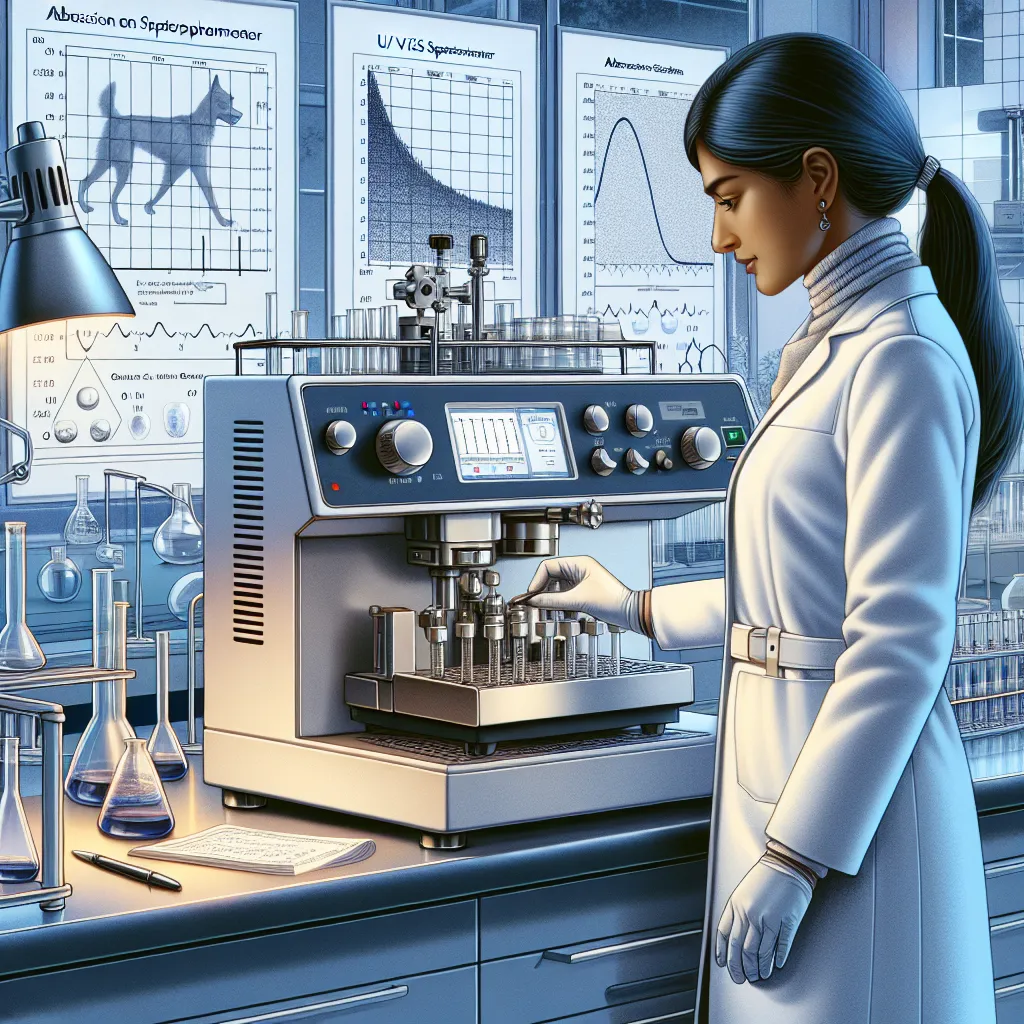
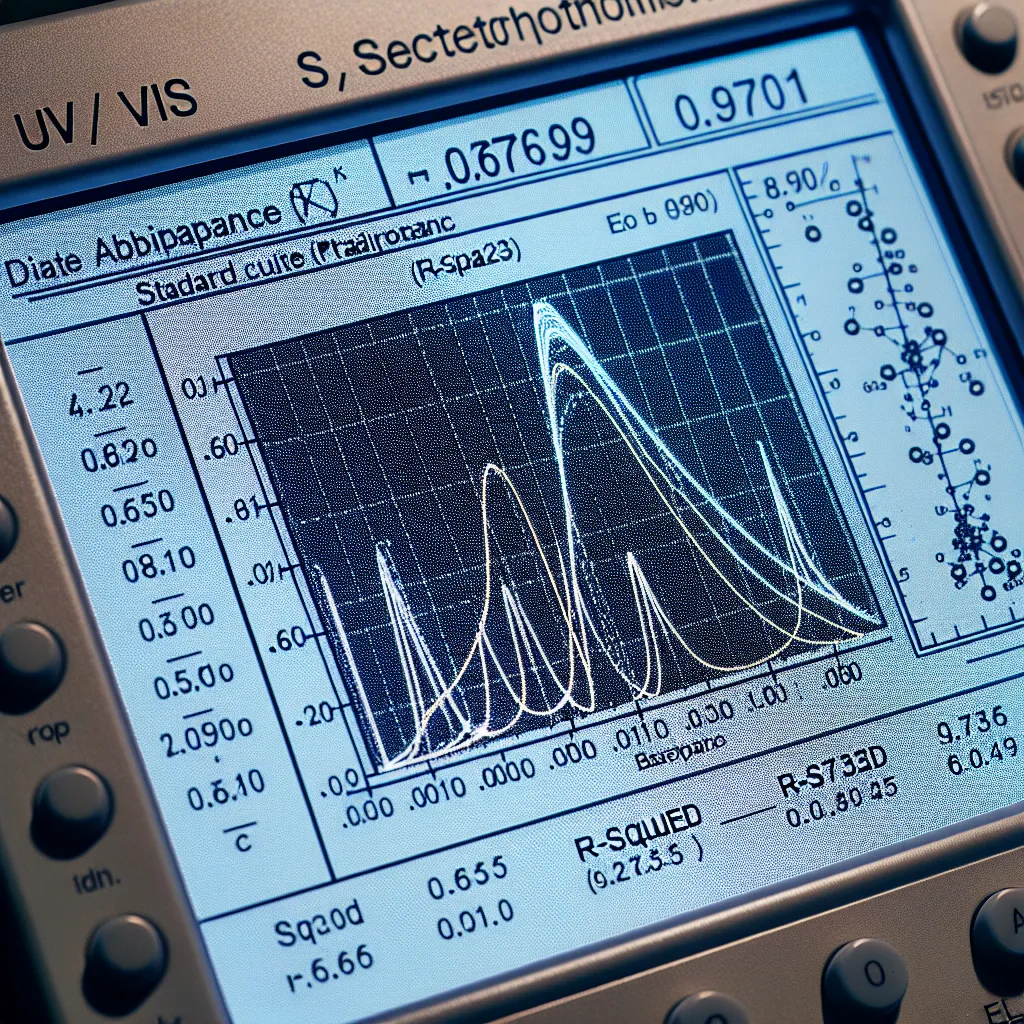
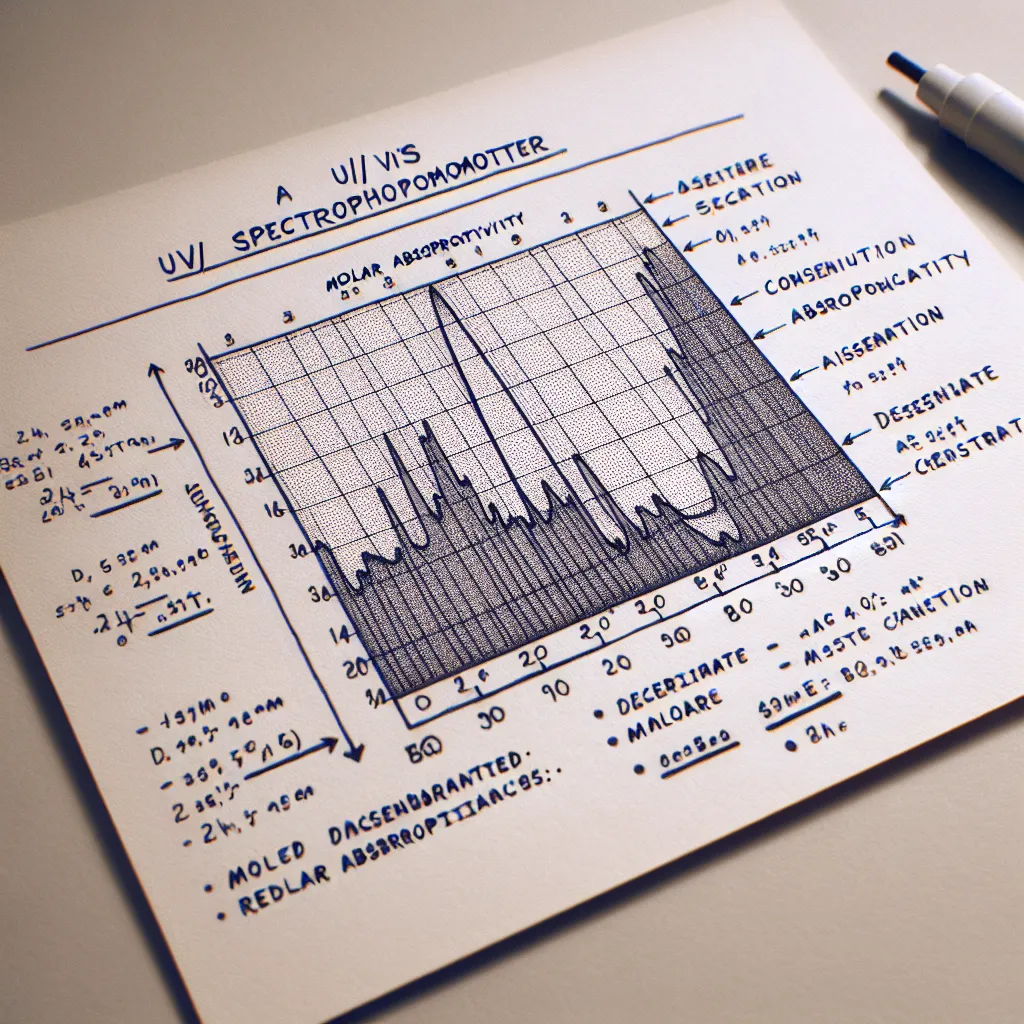
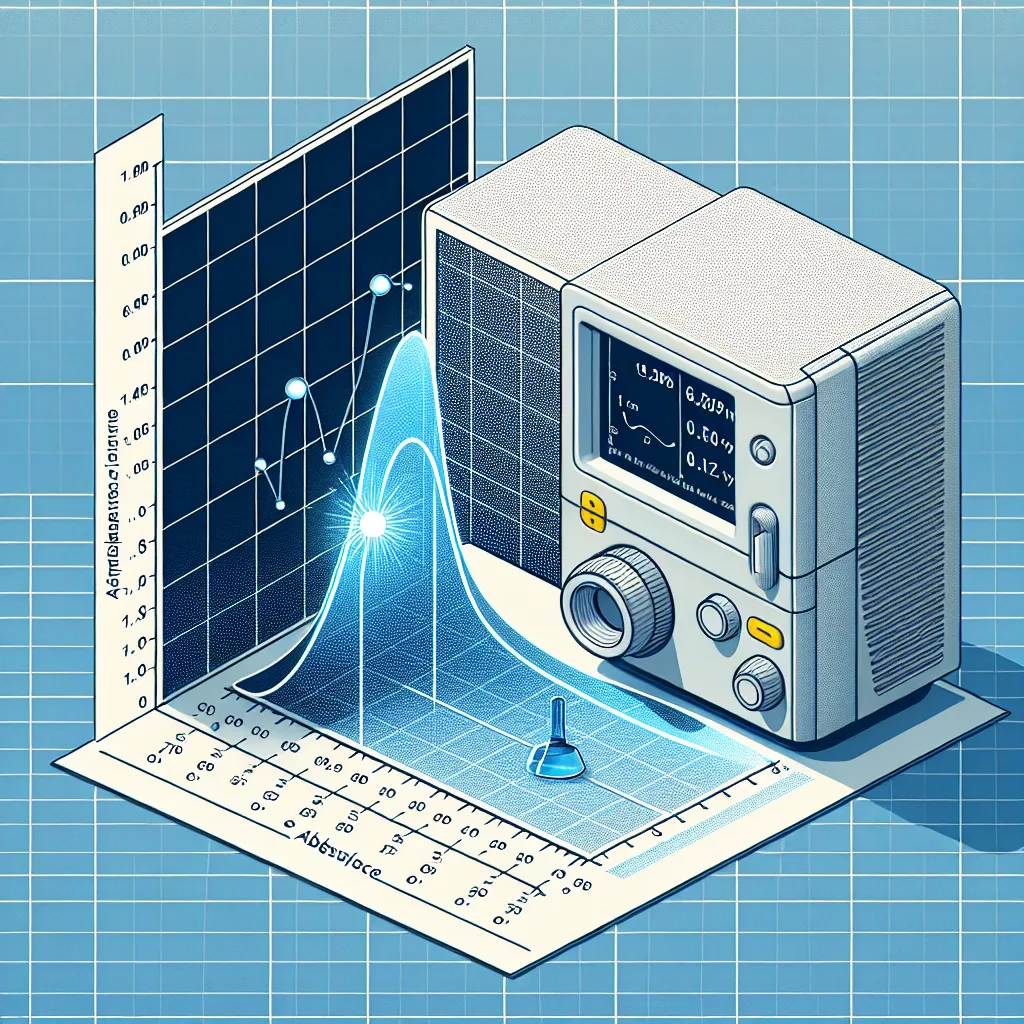
Post your own comment: